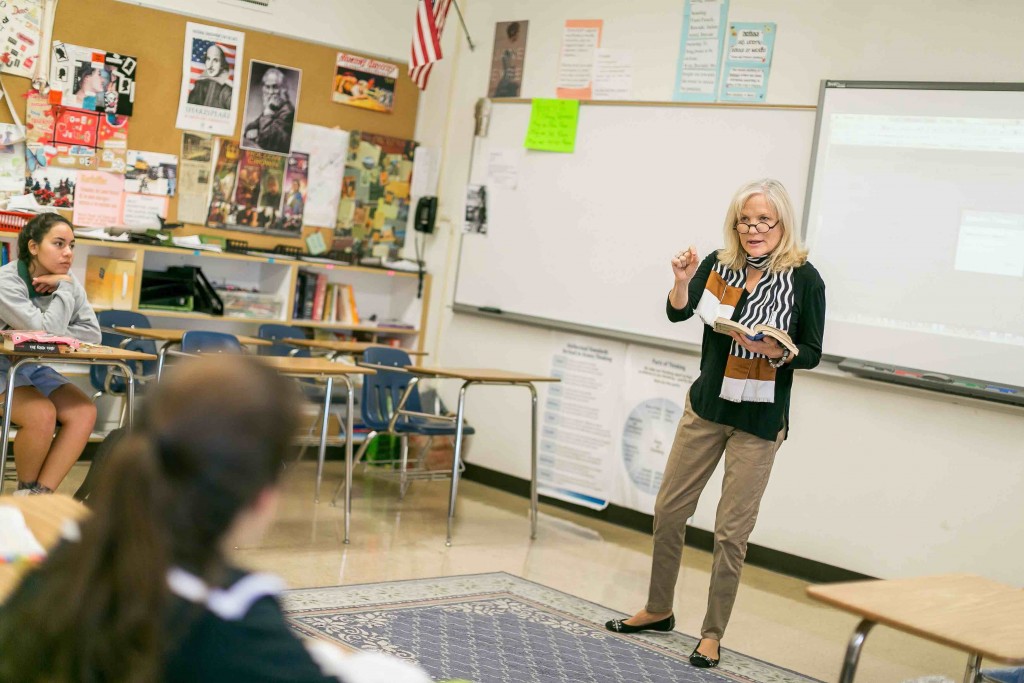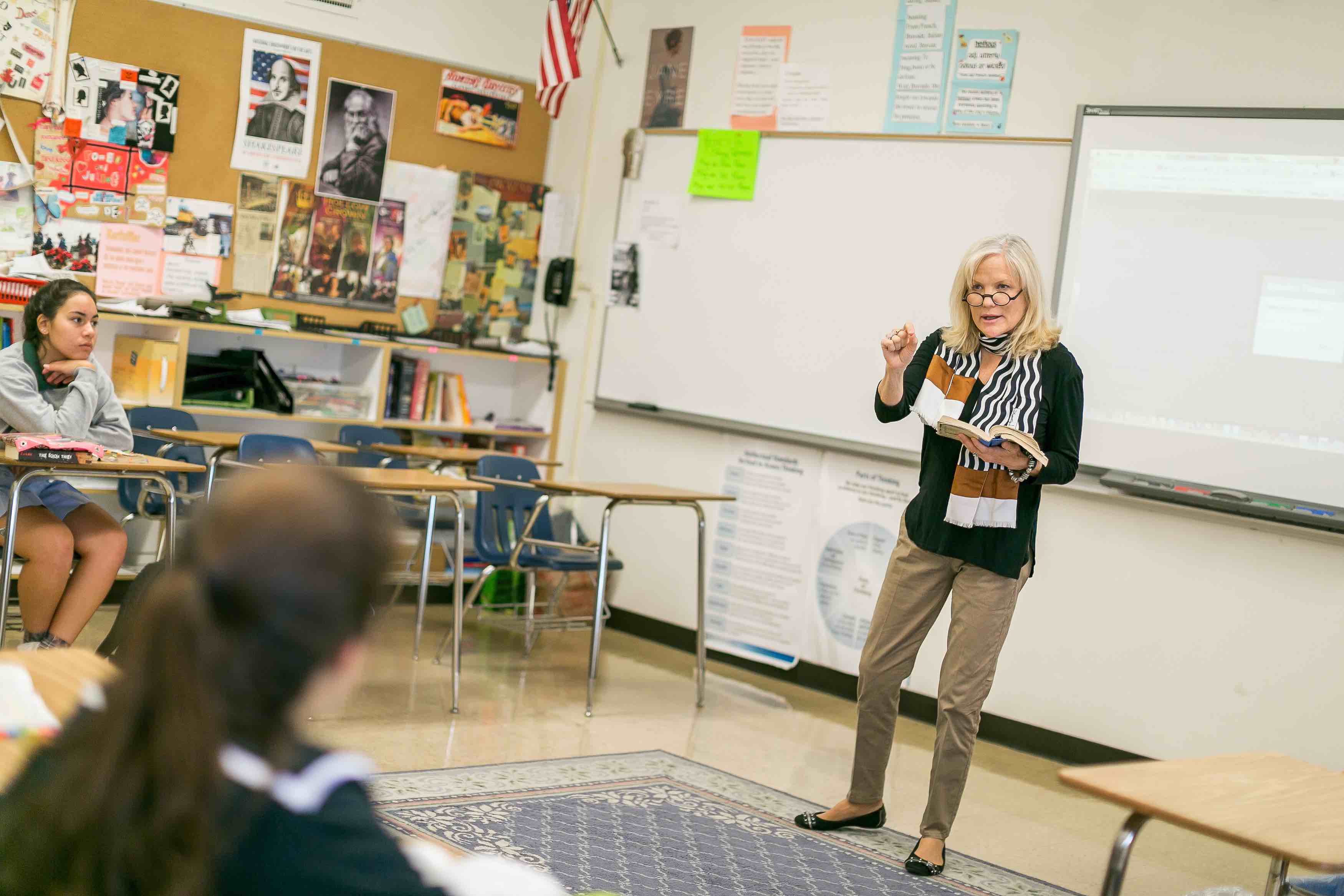Recently, the faculty received training from Nora Murphy, our librarian, on copyright infringement. While there are legal areas in which the use of copyrighted materials may be used for educational purposes, the laws are not always clear, and the use may be limited in such a way that requires teachers to frequently revise lesson plans.

The habit of collaboration between teachers remains an enriching part of the educational culture for both students and instructors. In the current technological environment, we can share across the hallway or across a continent or ocean. Frequently teachers may assume that this spirit of collaborative and cooperative sharing extends to educational materials ranging from a writing lesson to a short story or poem. Publishers, as you might imagine, do not share this point of view. I would like to think that writers might have a sharing spirit as well, at least for the purposes of educating our youth. But one has a right to make a living, and admittedly the public does not generally queue outside of the local bookstore (on the rare occasion where such an establishment might still exist) to top the waiting list for the latest “hot” volume of poetry or short stories. Shades of grey command more public enthusiasm than shades of literary nuance.
In addition to the desire to support poets and writers of educational curriculum (and not land FSHA in a legal quagmire) we, as faculty must also model for our students. The Internet and its readily available resources pose especially challenging questions of intellectual property and public use for this generation of researchers and thinkers.
But at the same time, purchasing rights to literature not in the public domain also increases respect for intellectual property while lowering legal exposure for infringement.
When you see something marvelous and want to share that lovely arrangement of words with your students, you run to the copy machine or scanner. In an effort to reduce the possible legal ramifications of doing so, I decided this year to purchase poetry and short story anthologies for my Advanced English I and AP Literature and Composition courses. Such purchases have the complex impact of raising book costs and thus sometimes reducing accessibility. But at the same time, purchasing rights to literature not in the public domain also increases respect for intellectual property while lowering legal exposure for infringement. In explaining these decisions to our students, we introduce the opportunity to think critically about competing interests while modeling a level of necessary compliance, which I hope they will mimic in their own practices.
In full disclosure, I still copy “gems” that I come across for my students. Frustratingly, every anthology cannot include all the works I want to share with my young women, and so I wade into those murky sands of “educational fair use,” sinking into the moral ambiguity between intellectual property and intellectual promotion. Lurking in the faculty copy room, head bowed over my latest purloined morsel of wisdom, I cannot proclaim myself a poster child of pristine copyright compliance. However, moving ahead, I can continue to at least model for my students an effort to balance in my teaching what is fair and legal with what is enlightening and enriching. There lies the quandary.





